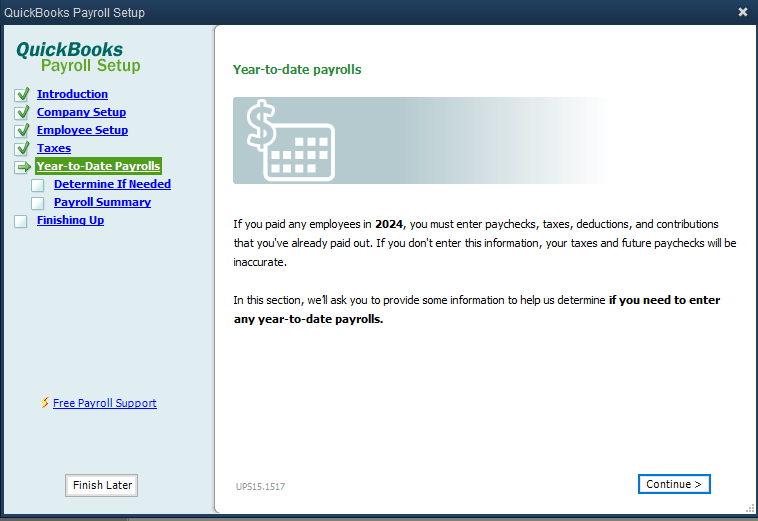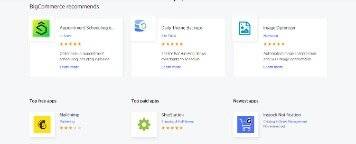

Content

Development of new systems and changes to existing ones are controlled, as is access to data, files and programs. The responsibility for maintaining internal controls falls on administrative management. Members of the management team are responsible for communicating to staff their duties and expectations within an internal control environment. They are also accountable for ensuring that other areas of the internal control framework are dealt with consistently. Controls can be evaluated and improved to make a business operation run more effectively and efficiently.
These provisions have been used to punish and prohibit a range of financial misconduct prosecuted by DOJ and the SEC. Detecting errors and irregularities in a timely manner so management can take prompt corrective action to improve the financial statements. Audit Controls P. Contractor agrees to an annual system security review by the County to assure that systems processing and/or storing Medi-Cal PII are secure. This includes audits and keeping records for a period of at least three years.
In a small business, risk assessment is often efficient since the management or owner has in-depth knowledge of the company’s workings and therefore knows where the risks are greatest. The main focus is on operations and compliance risks, but risk assessment also considers human error, including improperly entered transactions, lost transactions and transactions on the books that simply didn’t occur. In addition, preventative internal controls include limiting physical access to equipment, inventory, cash, and other assets.
To identify the correct control to implement, you must know what risks are present. To know what risks are present, you need to understand what objectives are being sought. To learn more about Bizmanualz Internal Controls Accounting Procedures, check out our Accounting Procedures or download free sample accounting procedures right now. That information belongs in accounting work instructions or training materials. Including minutia and too many details leads to an overly long and confusing accounting document, which ensures that your accounting procedure will be neither used nor followed providing questionable risk avoidance.
The U.S. Congress passed the Sarbanes-Oxley Act of 2002 to help protect investors from fraudulent financial reporting by corporations. A controller is an individual who has responsibility for all accounting-related activities within a company including managerial accounting and finance. In a small office where separation of duties is difficult, it is imperative that the supervisor review cash operations each day. To minimize the potential for mistakes in cash operations and/or misappropriation of cash, cash duties should be separated among employees so that in all instances one person will check the work performed by another. The primary responsibility for an adequate system of internal control lies with the head of each institution. Deloitte refers to one or more of Deloitte Touche Tohmatsu Limited, a UK private company limited by guarantee (“DTTL”), its network of member firms, and their related entities.

When equipment, inventories, securities, cash and other assets are secured physically. This can occur through the use of locks, safes, or other environmental controls. Risks and controls may be entity-level or assertion-level under the PCAOB guidance. However, a combination of entity-level and assertion-level controls are typically identified to address assertion-level risks. The PCAOB set forth a three-level hierarchy for considering the precision of entity-level controls.
Intentional What Are Internal Accounting Controls?es may be a case of fraud, and this makes it paramount for the separation to occur. No two systems of internal controls are identical, but many core philosophies regarding financial integrity and accounting practices have become standard management practices. While they can be expensive, properly implemented internal controls can help streamline operations and increase operational efficiency, in addition to preventing fraud. Our accounting and internal controls professionals work alongside you to provide assistance on compliance, advise on critical business issues, and not only anticipate but navigate through each risk and opportunity.
